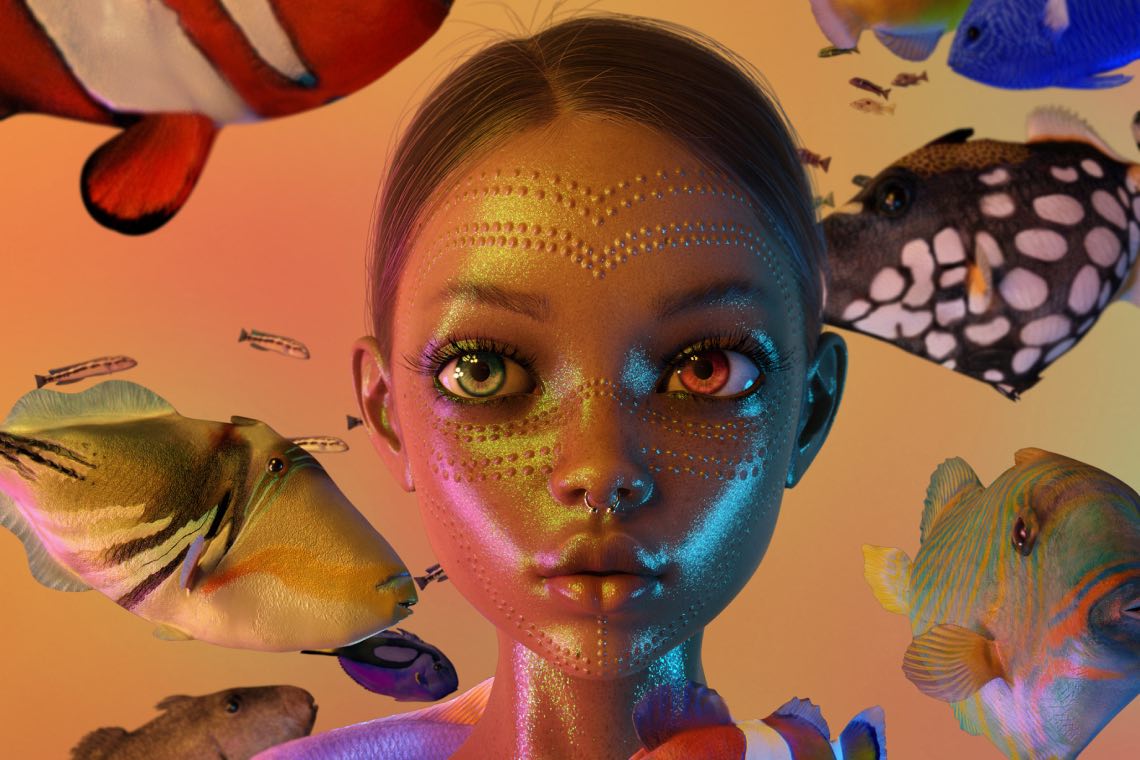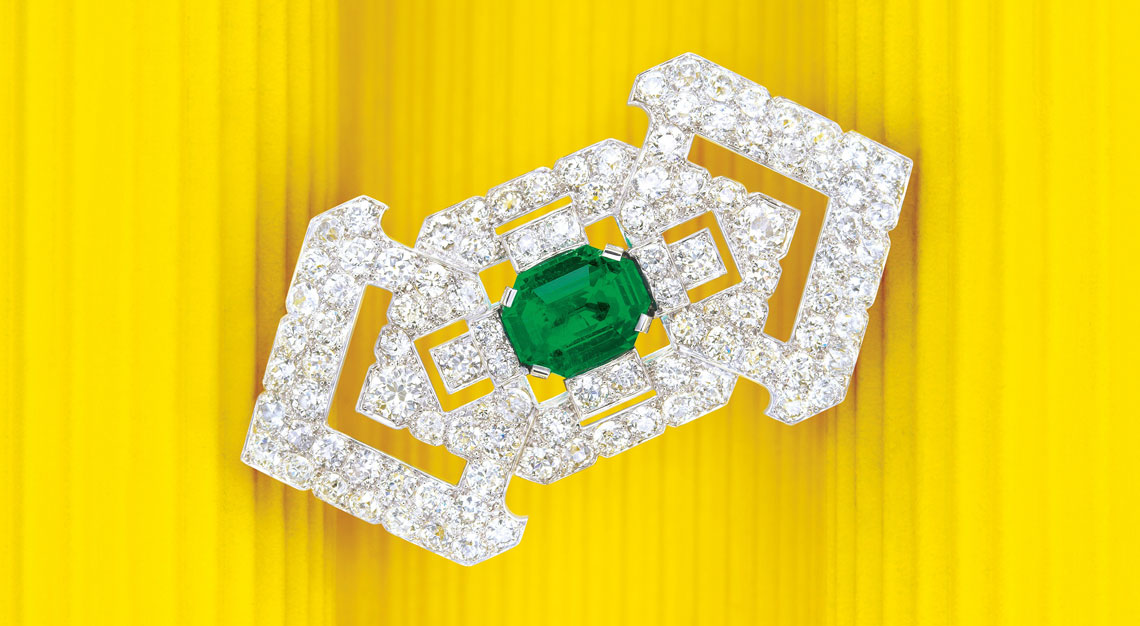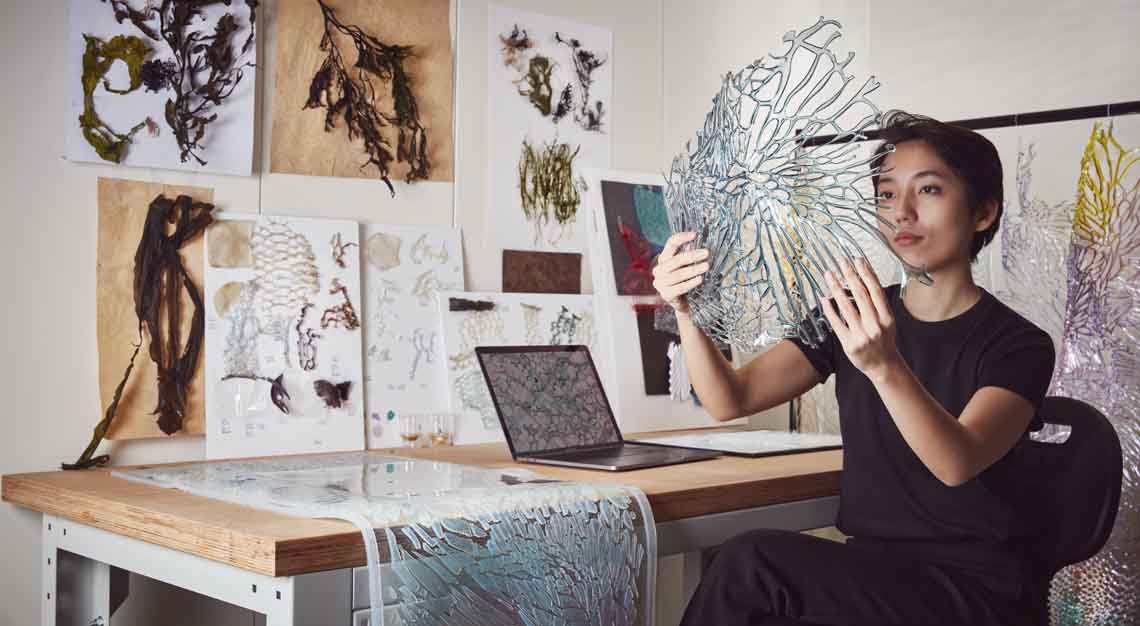Why pay a mint for something that almost anyone else could download on the Internet and appreciate in much the same manner as the artwork’s owner? Let’s find out
I remember receiving my first credit card. I was terribly excited. Even in those days I needed to get out more. But I thought it was pretty cool and immediately embarked on the whole purpose of the operation, which was to spend more money than I had. Why? Because that was pretty much the reasons for their creation in the first place – there’s a clue in the description, and, why again? Because anything that doesn’t involve handing over cold, hard cash is easier, less painful and not quite so much of an emotional or philosophical wrench. To say nothing of the convenience of carrying around a piece of plastic rather than wads of unsightly cash that could, perish the thought, affect the hang of your clothes.
Yes, I bought into the concept hook, line and sinker, even after being charged what often amounted to an annual interest on credit at more than 30 per cent. The banks and credit card companies have always been ahead of the game and had us addicted to plastic even before we realised that using one credit card to pay off another wasn’t a good idea. Financial boffins have been creating ways in which to ensure that money is easily spent ever since and we now have innumerable ways in which to reduce our bank balances in the most convenient manner possible. Whether it’s PayNow, Google Pay, Apple Pay or my own app JustPayLah! (under construction), it’s never been easier to spend and technology has certainly played its part.
Technology has also weighed in, heavily, in the investment world – from computer-aided algorithm-driven stock market trading, to the advent of cryptocurrencies and blockchain-based platforms. Buying and selling has never been easier, nor has it been more complex (ironically), and non-fungible tokens (NFTs) are unlikely to simplify matters. Or will they?
The definition of fungible is a good/object/thing that is replaceable by something identical. That is, something that is mutually interchangeable. When you put the ‘non’ into the equation, all you have to do is reverse those suppositions. An NFT will enable the buyer or holder to own something that is both unique and irreplaceable, appealing to those for whom collectibles are attractive and those for whom owning something original is highly desirable.
Fungible is such a great word and the concept seems to be mushrooming – see what I did there? Fungible, fung, fungus? No? Never mind then. I knew a guy once who liked to dress up as a mushroom. He was a fun guy. No? Tough crowd. Back to the plot.
What’s slightly strange about NFTs, particularly in the world of art, is that the buyer will not receive a painting or a sculpture – not even a print. But they will be the owners of a digital asset (possibly in the form of the original source code) after payment is made, that no one else owns or can own until a suitable offer is received and a subsequent transaction concluded. It’s your basic commerce.
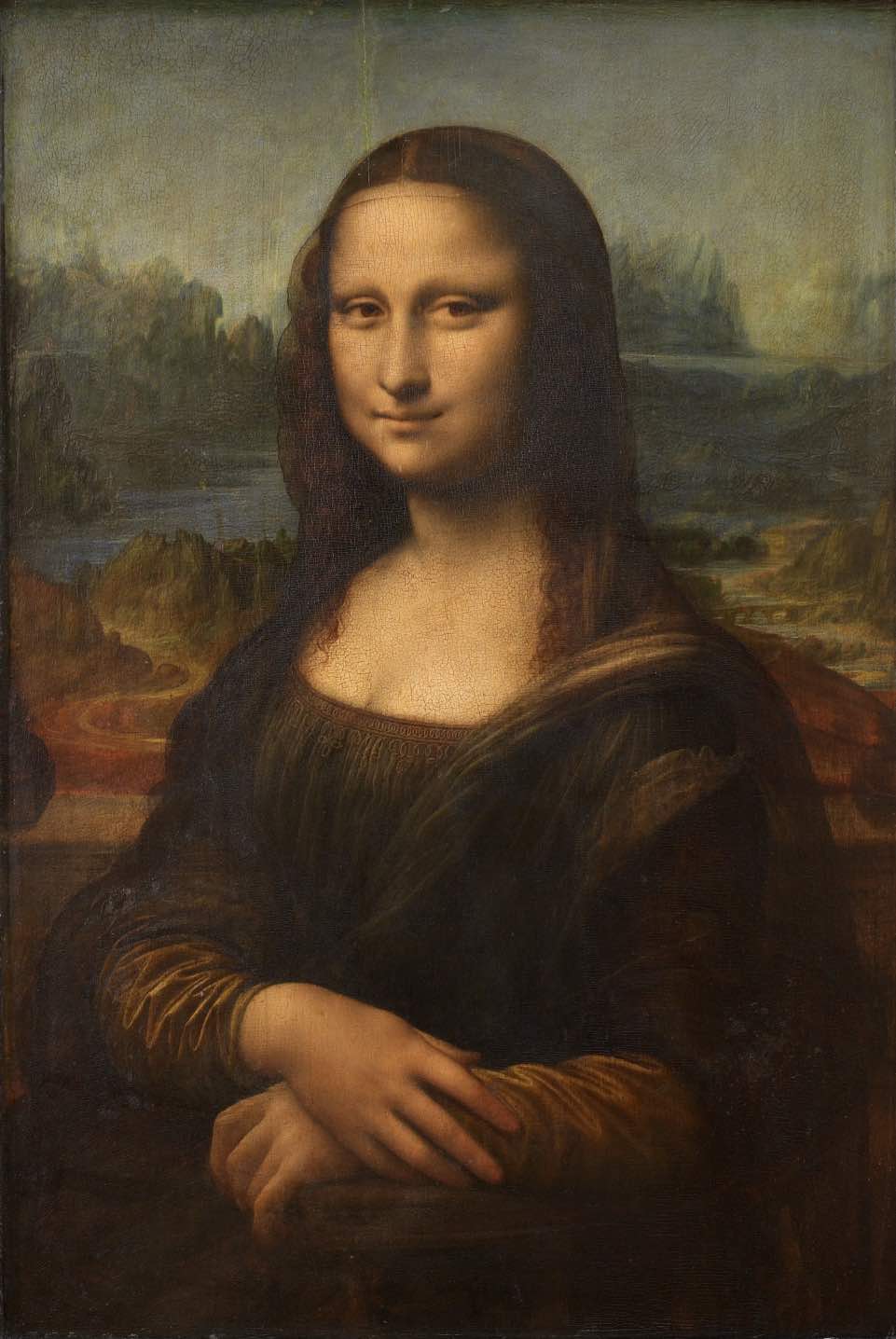
The argument will always be, why pay a mint for something that almost anyone else could download on the Internet and appreciate in much the same manner as the artwork’s owner?
This argument, however, is facile; akin to the person who buys a print of, say, the Mona Lisa and claims it’s as good as the real thing. Depending on the quality of the print or reproduction, however, some would ask: “How could you justify a price differential of, possibly, 50 million times (perhaps, even more if this enigmatic masterpiece was ever to be up for sale)?”
As every collector (and indeed artist) will tell you, that really isn’t the point because owning an original work is in and of itself a conspicuous pleasure that speaks to the human condition and enables those of us who can afford it to exercise our appreciation. NFTs in art will work in the same way, since what you pay for and what you get will be original and, of course, unique. Others may be able to experience it, but why would you want a photo of a photo of an image when you can have the image itself. This is what’s worth paying for and this is how some artists in our brave new world will be making their living in the future.
Until October 2020, Mike Winkelmann, an American digital artist, had never sold a print for more than US$100 (S$136). Six months later, his digital work, Everydays: The First 5000 Days, sold for US$69 million (S$94 million) at a Christie’s auction. The piece is an amalgam, or an omnium gatherum, if you prefer, of 14 years of work, with Winkelmann (better known in the digital space as Beeple) having created a new digital artwork every day during that period.
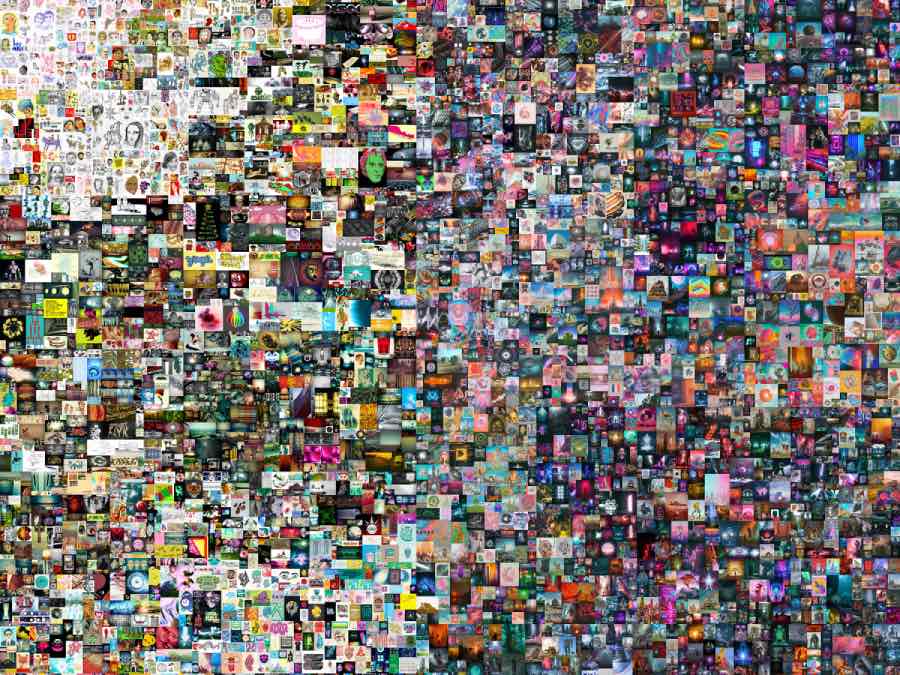
It is exceptional and quite beautiful – from an aesthetic viewpoint – but resonates on a myriad of separate frontiers when provenance is taken into consideration. This is a life work. This is also the work of a life. And it is also a powerful socio-political statement. What’s not to love? And what’s not worth paying US$69 million (S$94 million) for?
“I do view this,” said Winkelmann of NFTs, “as the next chapter of art history. Now there is a way to collect digital art.” Whether the Singapore-based owner is in it for the appreciation of art, or simply see the transaction as a basic (but expensive) investment, is moot and irrelevant (a deadly combination). People have been collecting art for centuries, and for various reasons, but if putting money into a market that the pandemic has decimated helps artists around the world – both the up-and-coming and the already established – then this is no bad thing.
NFTs have every chance of becoming both the investment du jour and a force for change and good. While the ‘value and worth’ debate will rage, I suspect, for quite a while, it also doesn’t matter. As we all know, anything and everything is worth precisely what someone else is prepared to pay for it and NFTs definitely make a case for increased democratisation in a field in which it hasn’t always been prevalent.
Sure, there will be pieces that sell for millions that very few can afford, but then it has always been so. NFTs, however, when used responsibly and with the right motives, may well enable artists to express themselves and, in so doing, make the world a better place as art has been doing for millennia. We all have to accept that we need to move with the times, as I did when I secured my first credit card, and while I was irresponsible initially, it doesn’t mean that everyone has to be now, particularly as we begin to emerge from a difficult period in human history.
There is little doubt that the art world has been badly affected by the pandemic, and while dealers, galleries and auction houses have been licking their wounds and counting their costs, no one has been hurt as badly as the artists. The difficulties of the last couple of years have helped NFTs establish themselves and given encouragement to artists desperately looking for platforms for their work.
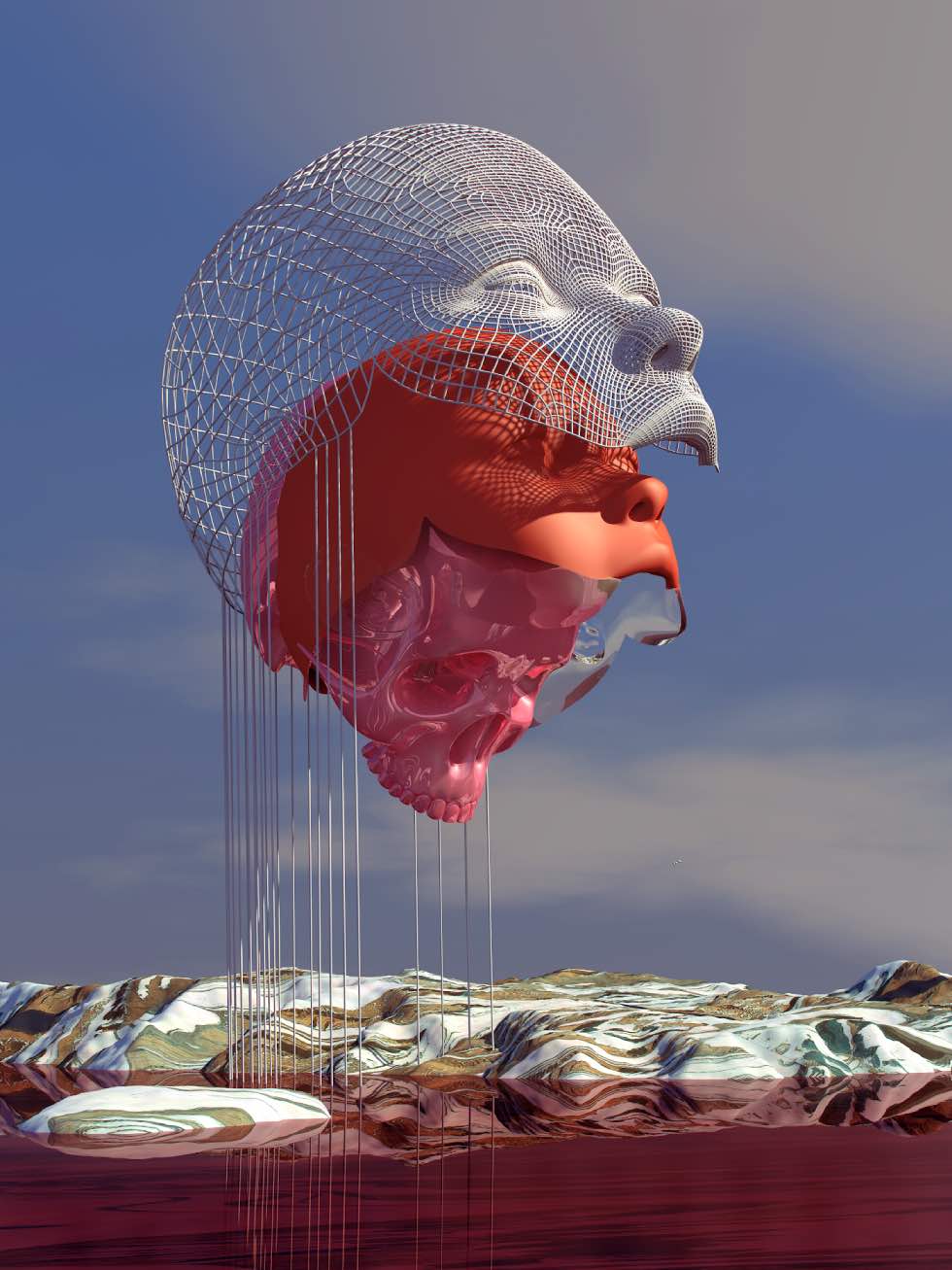
NFTs will be controlled by the blockchain (effectively a database and ledger to which the public has access) and as everyone knows, if we are to make our accelerated drive towards tokenism an inclusive and morally acceptable one, transparency is going to be key.
NFTs will always be subject to basic economic laws – those of supply and demand – and yes, there will always be an auctioneering aspect when it comes to works of art. This is not new, but then, there’s nothing wrong with this in the overall scheme of things because quality will factor into the equation and people will never pay for what they either don’t want or don’t think is worth the investment. There are fundamentals in play here, unlike Bitcoin and other cryptocurrencies that I won’t mention, which seem to be whim-based, manipulable and impossible to regulate. As most of the recent financial crashes will testify to, I think we’ve all had quite enough of that.
The NFTs, of course, will only be as effective as their custodians, but everyone involved will be hoping that the concept can avoid the ‘smoke and mirrors’ connotations of some of its counterparts. It’s important that we all take this seriously and act responsibly; accepting the fact that while things are never going to be the way they were, there may be a brighter future for the art world than some would have predicted at the height of the pandemic.
This story first appeared in the August 2021 issue. Purchase it as a hard or digital copy, or consider subscribing to us here
